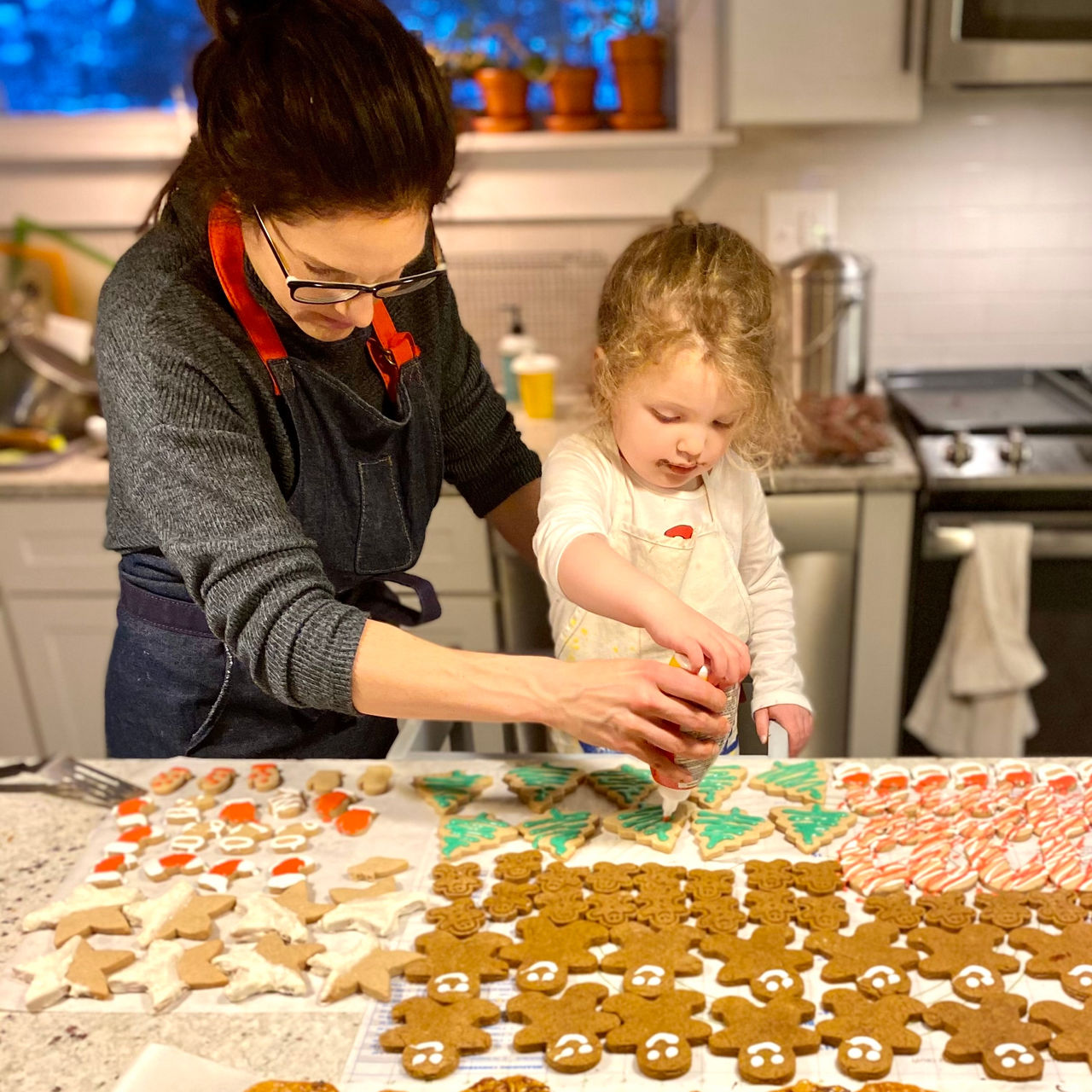I recently received a text in which I was prompted to do a series of calculations, and the resulting number would determine where I would travel on my next vacation. The list included exciting destinations near and far, but number nine on the list was stay home. With the magic of math, everyone ends up with number nine. Funny but frustrating! I really enjoy traveling, and I know that experience with travel helps children learn about other places and people, helps them develop important skills like self-regulation and problem-solving and contributes to their growing confidence and curiosity. When circumstances don’t allow for travel, or you’re looking for a way to create a little adventure without the hustle and bustle of the airport or a long car ride, consider planning a virtual trip. Virtual adventures are perfect for a rainy day or an afternoon at home. Imagine a trip to San Francisco in which you visit the Exploratorium, the Bay Area Discovery Museum, the Golden Gate Bridge, Chinatown and Ghirardelli’s chocolate factory all without leaving your home: no stress, no meltdowns, no expense and no packing! This type of travel is exactly what a friend of mine is doing with her children, and we can all do it too! Here’s a sample itinerary for a trip to San Francisco. Your family can adapt it or create your own travel plans to other destinations. For example, my friend invited her older children to help with planning activities, and they’ve gone to London, Japan, Paris and San Francisco all in the last month.
STEAM project day: The Golden Gate Bridge and Bay Bridge. Look at pictures of the Golden Gate Bridge and Bay Bridge online. Talk about how they are similar and different. Set out a variety of materials, such as paper towel rolls, popsicle sticks, building blocks, cups, paper and whatever else you have for children to use to make their own bridge. You can find ideas online to inspire you at PreschoolSteam.com. Measure how long you can make a bridge before it collapses. Put pennies on your bridge to see how many it can hold before it starts to sag. If your bridge falls, ask your children why they think that happened and what ideas they have to make it stronger. These types of questions engage children in science practices that support their inquiry and critical thinking.
Cooking day: Dinner in Chinatown. Watch a short video about Chinatown, such as this read-aloud of Chinatown written and illustrated by William Low. Plan a menu for a dinner inspired by Chinese cuisine and cook it together. Lee Scott, Chair of the Goddard Educational Advisory Board, wrote a fantastic article about cooking with children that will help you get started.
Museum day: The Exploratorium. This science center is chock full of hands-on, inquiry-based science exhibits. Their website offers an alternative experience with a menu of science snacks that provide ideas for interactive activities that families can do online or with common materials from around the house. Explore options together or pick out a few in advance to do with your child. These activities will help children learn science principles, as well as engage in science practices. Best of all, they’re fun to do together!
Pretend playday: The Japanese Tea Garden in Golden Gate Park. Gather your stuffed animals, dolls and family members and have a tea party in your own Japanese tea garden. Find a tranquil spot in your yard or a neighborhood park and lay out a blanket. Serve tea or juice and talk about the things you notice in nature around you. Spending time in nature promotes better mental health for both children and adults by reducing stress. This positive impact is found even with small doses of time outdoors.
Treat yourself day: Ghirardelli Chocolate Factory. Watch a video about how chocolate is made. Make yourselves chocolate sundaes or brownies and celebrate the fun of exploring San Francisco from your home. One of the most well-known benefits of family travel is the strengthening of family bonds. As you eat your treat, start making plans for where you’ll go next!
At its best, travel fills us with wonder and offers quality family time, and at its worst, it exhausts us. Thanks to technology and our own creativity, we can indulge our wanderlust by visiting exciting new places without leaving home.




